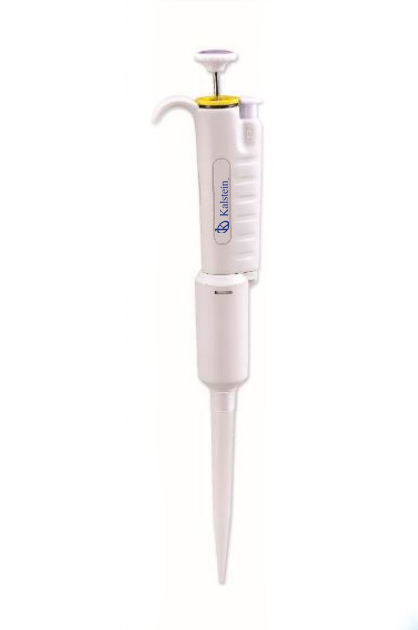Pipettes will always play a critical role in modern science. They serve as an indispensable tool in laboratories around the world, enhancing laboratory test efficiency and aiding in patient treatment improvement. Pipettes excel in precise small-scale liquid handling.
However, as science advances rapidly, new tools and techniques emerge. Thus, it becomes imperative to compare pipettes with other existing equipment on today’s market. Doing so will provide greater insight into their advantages and disadvantages, and how they impact laboratory tests and patient treatment.
Are you yearning for top-tier medical equipment, ready to enhance the efficiency of your laboratory? Visit https://kalstein.it/category-product/laboratory-line/pipettes/ to explore our high-end catalog, packed with the best finds at the most competitive prices. Excellence marks our brand, we innovate and manufacture high-precision equipment, both reliable and durable to meet your needs. Why wait? Make your quick and secure online purchase, take the leap towards the future of medical technology today. https://kalstein.it/
The advantages of using pipettes in laboratory tests
Pipettes bring many benefits to laboratory test efficiency. They offer high precision and accuracy in measurement—a necessity in tasks such as sample dilution. Additionally, adjustable volume pipettes provide flexibility when switching between different volumes of liquids.
However, using pipettes also has some downsides. For instance, they may be less efficient for measuring very small or large volumes. Plus, human error can influence the accuracy and precision of measurement, especially without adequate training.
Competitor equipment: micropipettes
Micropipettes compete directly with pipettes in laboratory testing. They provide greater control for handling very small volumes with high precision. Moreover, some digital micropipettes can save dosing sequences, thereby enhancing efficiency in repetitive tests.
Yet, micropipettes share some pitfalls with pipettes, such as the influence of human error. They also tend to be more expensive, and their maintenance more complex, which can affect their accessibility and lifespan.
Competitor equipment: liquid dispensers
Liquid dispensers are another alternative to pipettes. They can be quicker and more efficient for handling large volumes of liquid or for performing multiple dispensations simultaneously. This can boost large-scale laboratory test efficiency.
On the other hand, these devices usually do not offer the same precision as pipettes or micropipettes, especially with small volumes. Furthermore, the cost of additional consumables can increase with the use of liquid dispensers.
Patient treatment improvement: Pipettes or competitors?
In terms of patient treatment improvement, the choice between pipettes and their competitors may depend on specific needs. Pipettes might be preferred in clinical or research contexts where precision is critical. Conversely, liquid dispensers could be more efficient in situations requiring rapid dispensation of large fluid volumes.
However, human error remains a critical factor in all these devices. Training and mastering the technique are key to ensuring efficiency and accuracy and, ultimately, improving patient treatment.
Conclusions: Pipettes, micropipettes, or liquid dispensers?
Choosing between pipettes, micropipettes, or liquid dispensers depends on specific laboratory and patient needs. All these instruments have strengths and weaknesses that can influence lab test efficiency and patient treatment.
Pipettes seem to offer the most balanced choice, providing reasonable precision and flexibility at a relatively low cost. Yet, micropipettes and liquid dispensers can offer additional benefits for certain applications. It is crucial to carefully evaluate these differences to make the most suitable and optimal choice.

